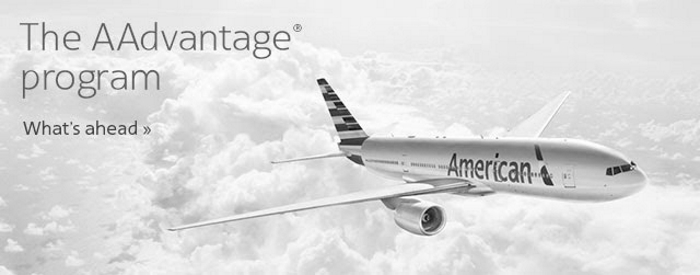We knew it was coming some time this year, but not exactly when. Now we know.
American this week announced the start date for earning miles based on spend rather than according to the distance flown: August 1, 2016.
Earning and Spending, Linked
For flights on American, AAdvantage members will thenceforth earn miles according to the amount paid for the base fare, plus any carrier-imposed fees, and their elite status, as follows:
- Non-elites will earn five miles for every $1 spent
- Gold elites will earn seven miles for every $1 spent
- Platinum elites will earn eight miles for every $1 spent
- Executive Platinum elites will earn 11 miles for every $1 spent
For flights on most partner airlines, miles will be awarded based on flight distance and the fare paid. Details will be published by July 15.
If this earning scheme sounds familiar, it should. It’s an exact copy of the earning rates introduced by Delta, when that carrier converted from mileage- to spend-based earning beginning in 2015, which was copied wholesale by United when it made a similar move on March 15, 2015.
So American’s “new” loyalty scheme is a copy of a copy. And as was the case with its predecessors, it represents a significant devaluation of AAdvantage for the great majority of program members, who will earn fewer miles for their future flights.
A New Elite Tier
In yet another instance of following the lead of Delta and United, American will add a fourth elite tier, Platinum Pro, in 2017.
In terms of qualification criteria and associated benefits, it will be a step up from Platinum and a step below Executive Platinum.
Elite Qualification
And yes, as do Delta and United, American in 2017 will add a spending requirement, in addition to either elite miles or segments, to qualify for elite status:
- Gold – 25,000 miles or 30 segments, plus $3,000 in spend
- Platinum – 50,000 miles or 60 segments, plus $6,000 in spend
- Platinum Pro – 75,000 miles or 90 segments, plus $9,000 in spend
- Executive Platinum – 100,000 miles or 120 segments, plus $12,000 in spend
Upgrades
Some time in 2017, elite upgrades will be prioritized according to elite status and the amount of elite-qualifying spend recorded during the past 12 months.
That simply extends the more-perks-for-bigger-spenders theme.
The AAdvantage Advantage, Gone
Since Delta and United converted their programs to revenue-based schemes, AAdvantage has enjoyed a clear advantage as the most generous of the Big Three programs for the average traveler. With these changes, American is opting to cede that best-for-the-most advantage, in the interest of shifting the program’s value proposition to disproportionately reward its most profitable customers, at the expense of less frequent flyers.
For the great majority of travelers, there will no longer be any appreciable difference among the loyalty programs of American, Delta, and United. With loyalty rewards no longer a differentiating factor, the choice of carrier comes down to price, schedule, and service.
Reader Reality Check
How relevant are loyalty programs to your choice of airline?
After 20 years working in the travel industry, and almost that long writing about it, Tim Winship knows a thing or two about travel. Follow him on Twitter @twinship.
This article first appeared on SmarterTravel.com, where Tim is Editor-at-Large.


Where is the “devaluation” that’s in your headline? These are changes to earning — some people will earn more, some less. But where’s the August 1 change to the value of miles I presently have?